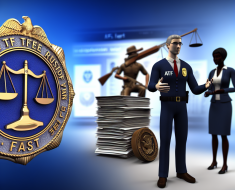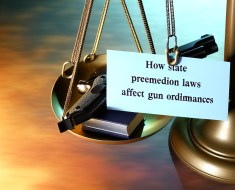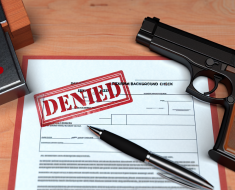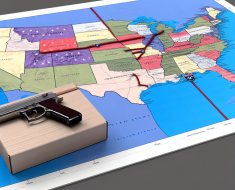The Impact of Gun Laws on Law Enforcement Equipment
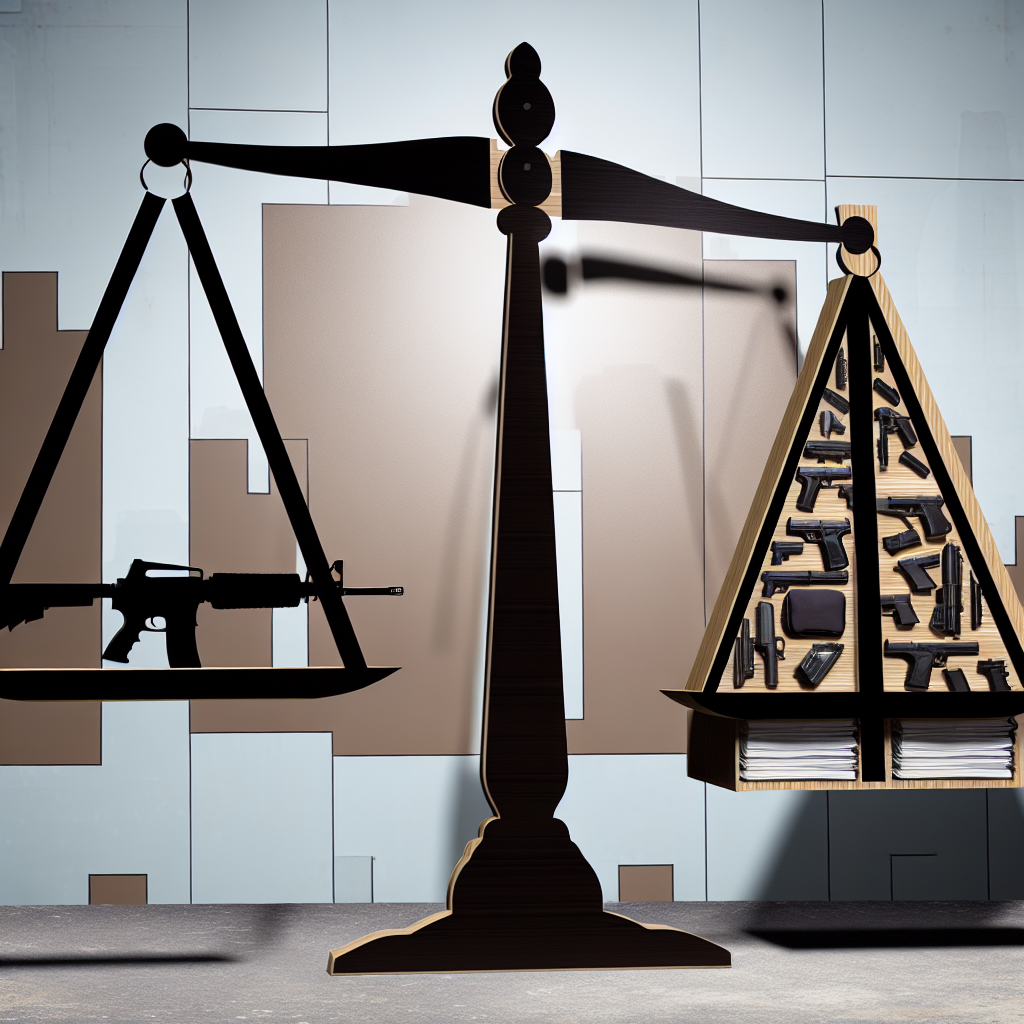
Gun laws in the United States and around the world have long been a contentious topic, influencing not only civilian behavior but also the operational frameworks of law enforcement agencies. One significant yet often overlooked aspect of this debate is how changes in gun legislation impact the types and sophistication of equipment that police officers and other law enforcement personnel must carry or have access to. This article explores the complex relationship between gun laws and law enforcement equipment, shedding light on how evolving regulations shape policing strategies, officer safety, and community interactions.
Understanding the Landscape: Gun Laws and Their Variations
Before diving into the specific impacts on law enforcement equipment, it is crucial to grasp the diversity and complexity of gun laws across different jurisdictions. In the United States alone, federal, state, and local governments impose varying restrictions on firearm ownership, usage, and carry rights.
- Federal laws: These set baseline regulations such as background checks for commercial sales, restrictions on certain firearm categories (e.g., fully automatic weapons), and prohibitions for specific individuals (e.g., felons).
- State laws: These vary widely, with some states imposing strict controls like assault weapon bans or magazine capacity limits, while others maintain permissive policies allowing open or concealed carry with minimal restrictions.
- Local ordinances: Cities or counties may enact their own rules affecting storage requirements or carrying permissions.
The diversity in these laws means that law enforcement agencies operate in environments with differing levels of firearm prevalence and types among civilians. This directly influences what equipment officers need to effectively respond to threats.
How Gun Laws Influence Law Enforcement Equipment Needs
The primary role of law enforcement is to protect public safety while ensuring officer security. When gun laws are lax or poorly enforced, officers often face higher risks from more heavily armed civilians. Conversely, stricter gun regulations can reduce these threats but may also necessitate different tactical approaches.
Increased Firearm Restrictions Lead to Specialized Gear
In jurisdictions with stringent gun control laws, such as California or New York City, police departments often invest in advanced protective equipment to counteract potential illegal firearms or high-capacity magazines still present despite restrictions.
- Ballistic vests: Enhanced body armor capable of stopping rifle rounds has become more prevalent as criminals sometimes acquire military-grade weapons despite legal bans.
- Less-lethal weapons: Agencies equip officers with tools like tasers, pepper spray, and bean bag shotguns to subdue suspects without escalating to lethal force.
- Surveillance and detection devices: Technologies such as gunshot detection systems (e.g., ShotSpotter) help pinpoint illegal firearm discharges in urban areas where gun bans are strict but violations persist.
This specialized gear aims to balance maintaining public safety while adhering to community expectations surrounding police use of force.
Lax Gun Laws Correlate with More Heavily Armed Police Forces
Conversely, in states with permissive gun policies—like Texas or Arizona—law enforcement officers frequently encounter civilians legally carrying high-powered firearms. This reality compels departments to enhance their own armaments and tactical capabilities.
- Assault rifles for patrol: Many police departments now issue AR-15 style rifles as standard patrol weapons rather than just sidearms due to encounters with similarly equipped civilians.
- Tactical gear upgrades: Helmets, shields, and armored vehicles become more common as officers prepare for potentially armed confrontations in everyday policing scenarios.
- Training investments: Enhanced firearms training programs focus on rapid response tactics when dealing with legally armed suspects during routine stops or investigations.
This trend illustrates how lenient firearm regulations can lead law enforcement agencies to adopt heavier-duty equipment as a defensive necessity.
The Role of Case Studies: Real-World Examples Linking Gun Laws and Police Equipment
Theoretical analysis benefits from concrete examples that demonstrate how specific policies influence law enforcement practices. Below are some instructive case studies highlighting this dynamic:
The Impact of New York’s SAFE Act on NYPD Equipment
After New York passed the SAFE Act in 2013—one of the nation’s toughest gun control measures—the NYPD faced challenges adapting its operational readiness given persistent illegal firearm possession among criminals despite stricter laws.
- The department increased issuance of advanced ballistic helmets and upgraded body armor rated for rifle rounds.
- NYPD expanded its fleet of armored vehicles used by specialized units responding to active shooter situations or gang-related violence involving firearms banned by the new legislation.
- The department invested heavily in surveillance technology aimed at detecting illegal firearm trafficking across state lines into New York City.
This case highlights how strict laws necessitate enhanced defensive measures for officers confronting persistent criminal use of prohibited weapons.
Tactical Evolution in Texas Amidst Permissive Gun Culture
Texas’ relatively permissive gun environment has influenced local police agencies’ approach towards equipment acquisition and training:
- The Houston Police Department transitioned many patrol officers from standard pistols to AR-15 style rifles following high-profile shootings involving armed civilians carrying similar rifles legally.
- Dallas PD increased investment in armored personnel carriers for rapid response




